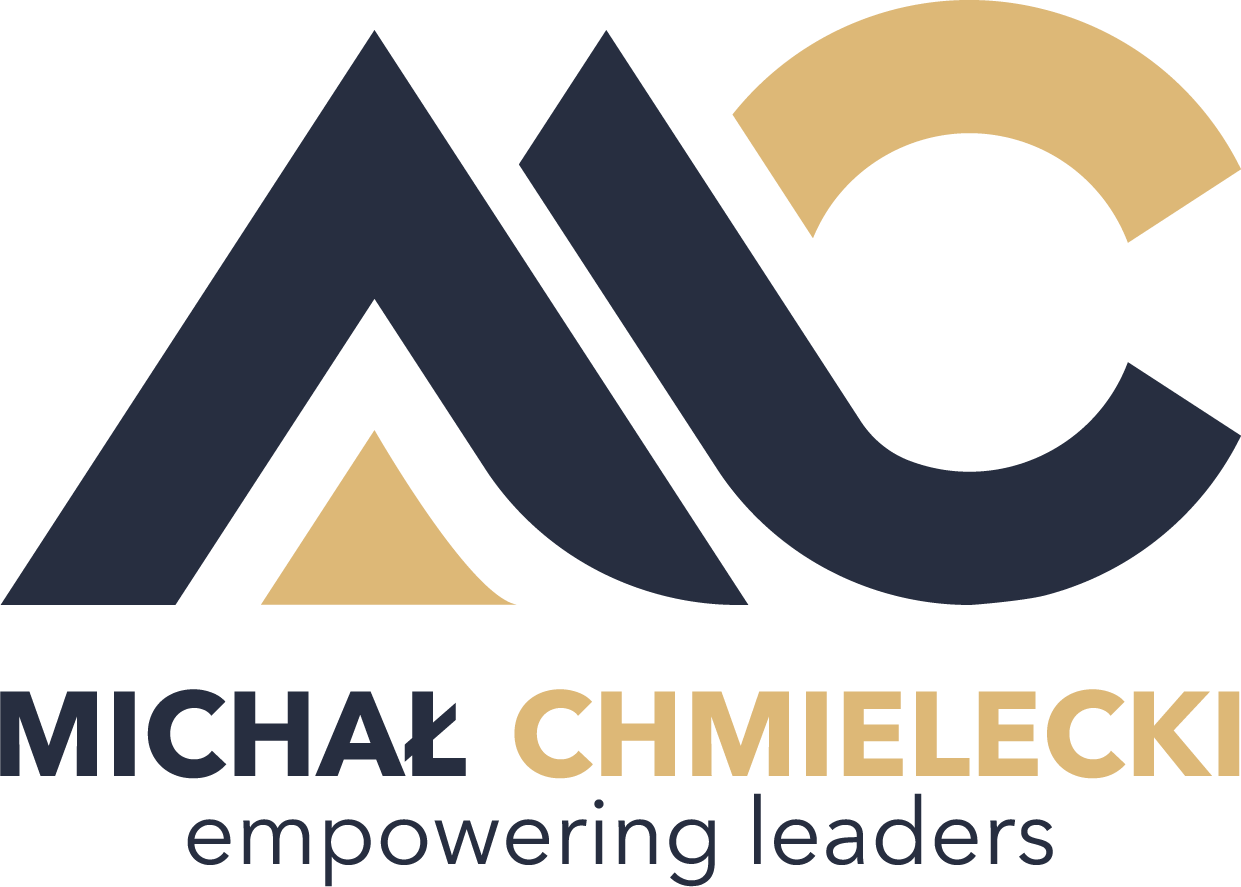The Silence Beneath Alignment: How Unspoken Disagreement Distorts Organizational Reality
Introduction
Most organizations spend enormous energy orchestrating alignment. They cascade goals, synchronize plans, and polish narratives for clarity. But beneath the surface of alignment lives a quieter phenomenon: unspoken disagreement. These are the doubts concealed behind diplomatic nods, the unease camouflaged by polite language, the strategic concerns softened into ambiguity. Leaders often celebrate apparent harmony, unaware that much of it is choreographed. The real threat to alignment is not disagreement — it’s the silence that hides it. Cultures mature when they realize that authentic alignment is earned through conversation, not assumed through compliance.
The Mirage of Consensus
Consensus can be deceptive. When disagreement is suppressed, ideas appear to converge — on paper. In reality, people diverge in execution. Without open dissent, strategy becomes theater. Individuals quietly reinterpret directives based on their private reservations, leading to fragmented execution and diluted outcomes. The result is not conflict, but quiet drift. Healthy cultures treat dissent as raw material for clarity. They understand that consensus reached too quickly is often consensus built on omission.
Silent Dissent as Operational Risk
Silent dissent does not disappear; it migrates. It shows up in slowed timelines, lukewarm effort, and requirements “lost in translation.” Leaders may misinterpret these as capability gaps, but the root issue is conversational friction. When people lack a forum to challenge assumptions, they challenge them indirectly — through delays, avoidance, or minimal compliance. The most effective leaders track not only timelines and milestones, but the temperature of disagreement. Silence at critical junctures is an early warning signal.
Friction That Cleans, Not Burns
Disagreement is not inherently destructive. In fact, when handled skillfully, it is clarifying. Well-managed friction removes conceptual debris and exposes assumptions. Poorly managed friction burns trust and credibility. The difference lies in conversational skill — the ability to hold tension without escalating it. This is not an innate talent; it’s a trained capability. Organizations that invest in negotiation and dialogue skills see measurably less political waste. Explore experiential formats here:
https://www.michalchmielecki.com/negotiation-trainer
The Performance of Agreement
Many teams perform agreement in public and express doubt in private. This bifurcation creates shadow strategy — a parallel narrative shared only among peers. Leaders misread the room, believing alignment exists where it does not. Shadow strategy creates confusion, fuels rumor, and erodes credibility. Cultures that insist on public dissent — respectfully voiced — bring shadows into daylight. Light does not create discord; it reveals what discord needs.
Micro-Cues and Conversational Gravity
Alignment is shaped not only by what is said, but how it is received. Micro-cues — tone, posture, impatience, facial micro-reactions — signal safety or danger. A single eye-roll can shut down exploration. A brief defensive response can collapse curiosity. Leaders underestimate the gravitational pull of these cues. The most skillful cultivate an intentionally neutral baseline, creating conversational gravity toward openness, not withdrawal.
The Anatomy of Honest Alignment
Authentic alignment is built through three stages:
Divergence — exploring competing perspectives without threat.
Evaluation — interrogating assumptions and tradeoffs.
Convergence — committing to a shared path even when preferences diverge.
Cultures that skip divergence rush into false convergence. The result is brittle alignment — unity that fractures under pressure.
The Return on Disagreement
Transparent disagreement increases strategic accuracy. It reduces rework, anticipates risk, and accelerates decision quality. It also increases psychological ownership: contributions feel meaningful when they shape direction, not merely affirm it. When employees see their dissent integrated — not dismissed — they invest effort rather than compliance.
When Hidden Dissent Emerges
There is a noticeable cultural shift when previously cautious contributors begin surfacing their concerns openly. Meetings become more dynamic. Decisions refine more quickly. Confidence in execution rises. This moment often marks the transition from polite collaboration to real teamwork. Politeness protects feelings; dialogue protects outcomes.
Conclusion: Leading Beyond Politeness
Organizations must choose between politeness and progress. Politeness avoids discomfort at the expense of clarity. Progress embraces productive tension in service of shared ambition. High-trust cultures design rituals for disagreement, normalize negotiation literacy, and protect dissenting voices. Leaders who reward truth — especially inconvenient truth — cultivate alignment that endures. When silence lifts, strategy strengthens. When disagreement becomes safe, progress becomes unstoppable. And when cultures learn to speak what they truly think, they stop merely coordinating — they begin to create.
